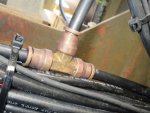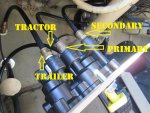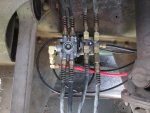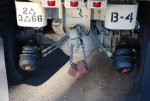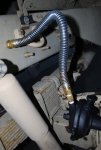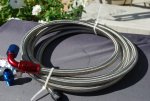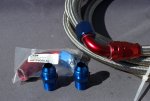A couple of simple questions:
- How difficult is it to replace the hard air lines on an M813? I know that there are new, modern materials approved for highway use. Are they easier to work with than the copper lines and fittings?
- Is this something that should be a preventative task? How often do the hard lines fail? Is the mode of failure typically "catastrophic" or is it more of a slow leak that gives warning?



